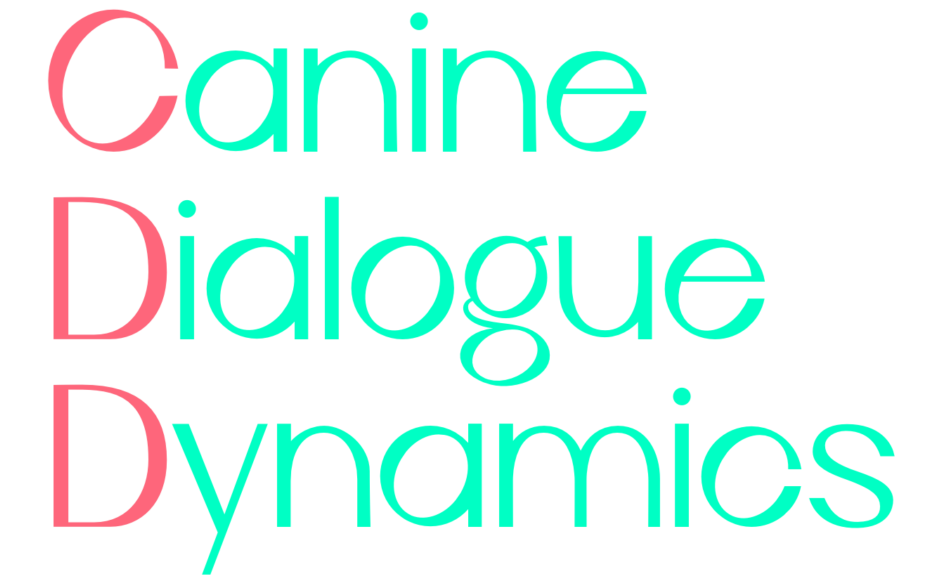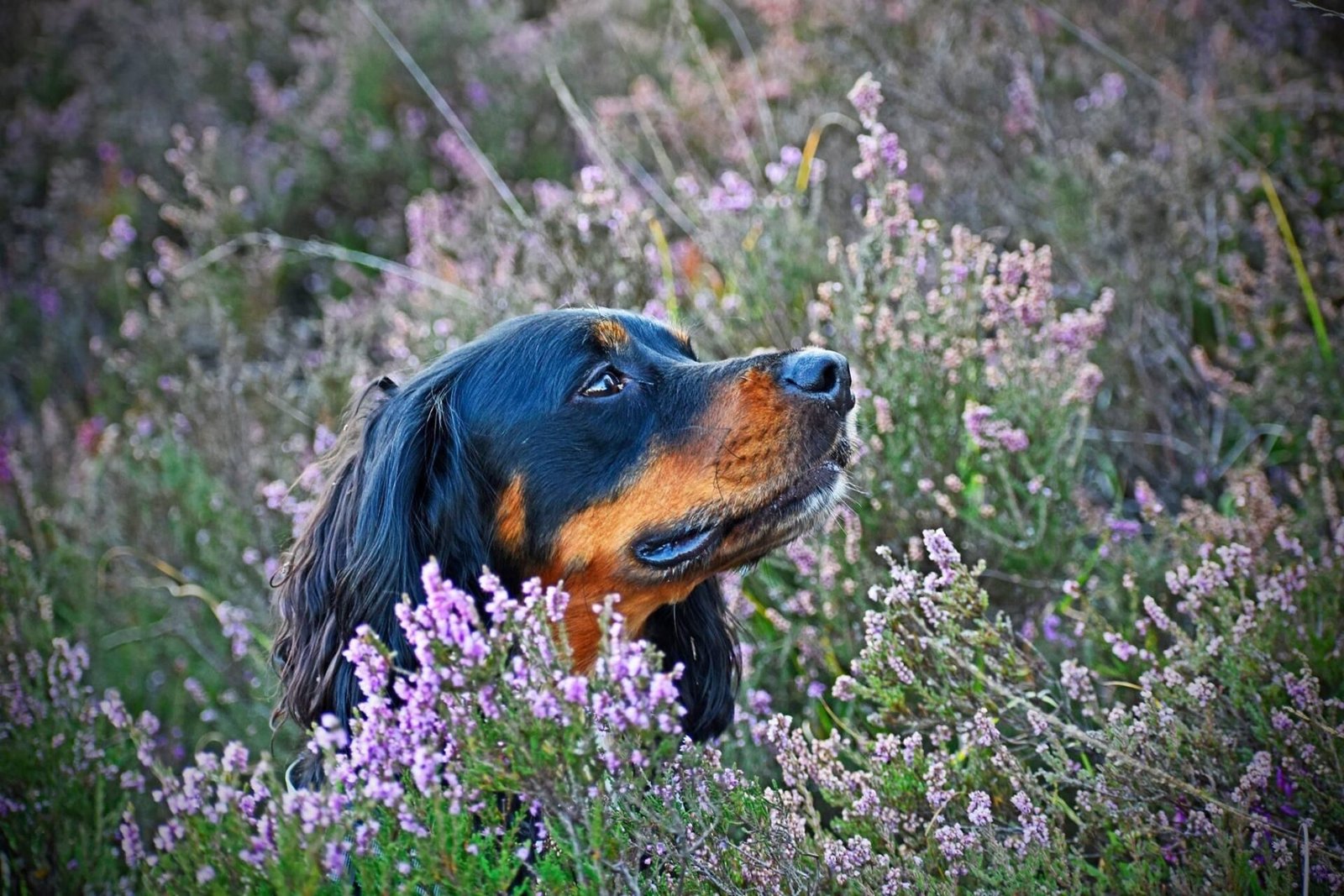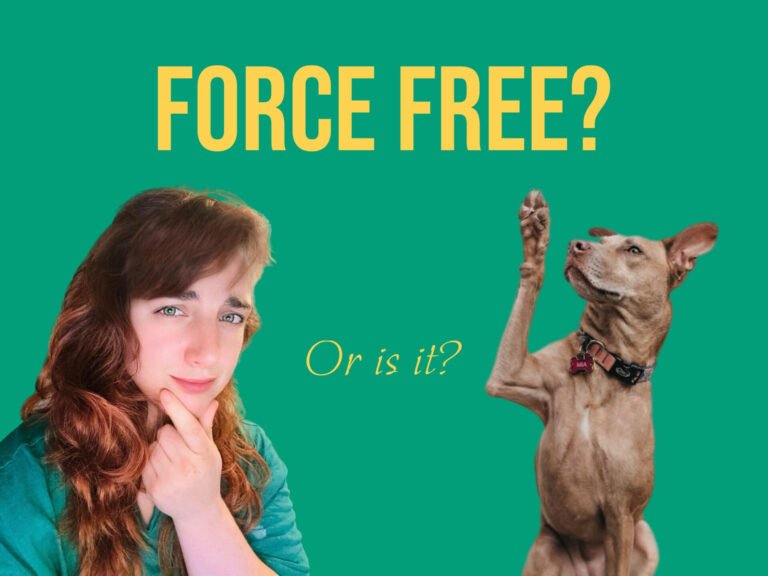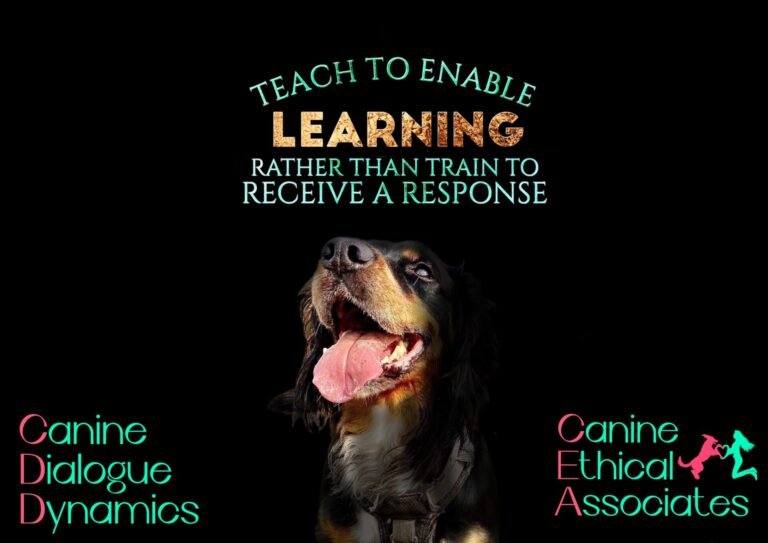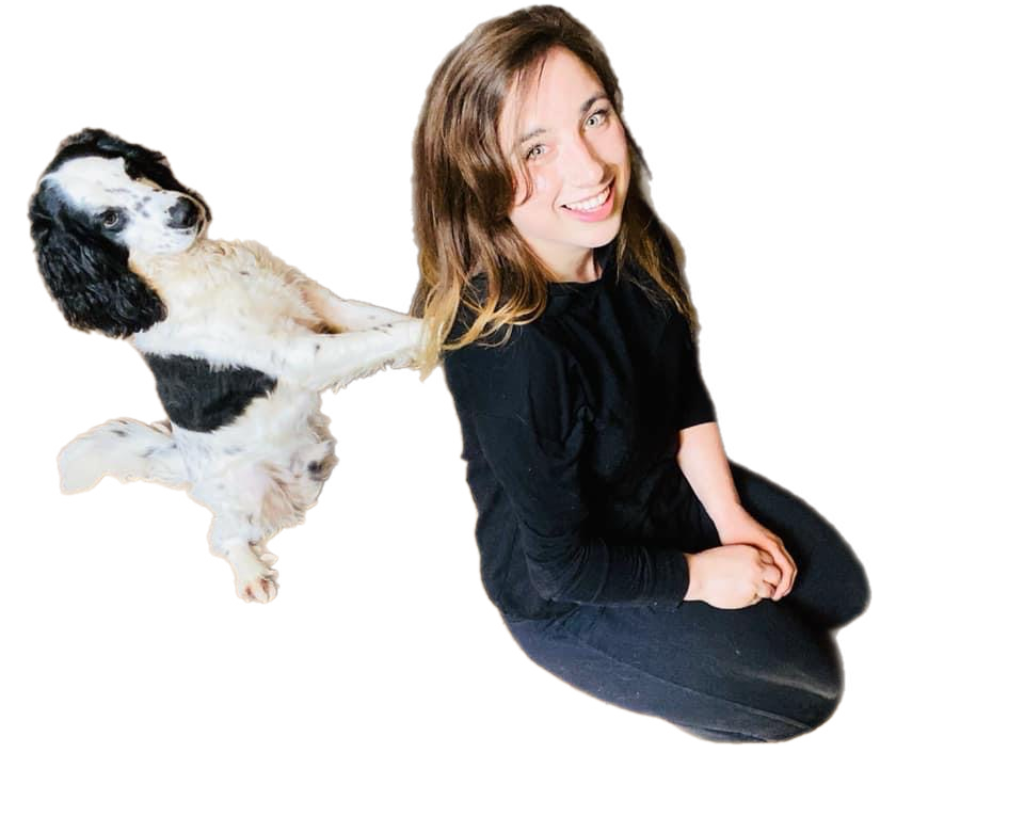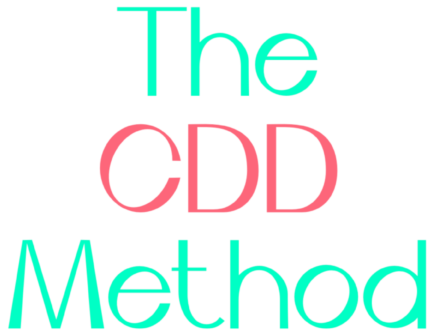Canine Reactivity: A Holistic Approach to Understanding and Resolving
Canine reactivity is more than just barking, lunging, or displaying aggressive behaviours. At its core, it’s a manifestation of internal struggles and heightened sensitivities. Traditional methods often focus solely on training or rewards, but the Canine Dialogue Dynamics (CDD) method dives deeper. We explore the intricate world of canine emotions, understanding, and self-awareness, providing holistic solutions for reactivity.
1. Self-awareness
At the forefront of the CDD method is promoting self-awareness in our dogs. By understanding their triggers and emotions, we can work with them rather than against them. Recognizing the signs of discomfort or stress allows us to address the root of reactivity, instead of just the symptoms.
2. Choices
A pivotal component of the CDD method revolves around giving dogs choices. Just like us, dogs need the agency to decide. When faced with a reactive situation, allowing your dog to choose their response—be it walking away or engaging in a more positive activity—can reduce tension and stress. The power of choice can be transformative, giving your dog a sense of control in a world often dictated by human rules.
3. Simple Sentences
Communication is key. And sometimes, simpler is better. By using simple and clear sentences, we reduce the room for misinterpretation. We start with teaching word association, then moving onto simple sentences, and finally incorporating them into different contexts and a more natural way of speaking to our dogs.
4. Word Association
Words are powerful tools. Through teaching word association, we can increase their self awareness and their ability to regulate their own emotions. We can teach them how to make their own choices based on their self awareness and their emotions. If they are becoming stressed we can teach them how to make a better choice in order to calm down and feel better. This can then reshape their perception over time.
5. Embracing CDD Principles
The CDD method is built on trust, respect, and understanding. It’s not just about training; it’s about building a relationship. Through dialogue, we can foster a deeper connection with our canines, allowing them to express their concerns, fears, and joys.
In conclusion, addressing canine reactivity requires more than just rewards or strict training regimes. By embracing the CDD method, we delve into the heart of our dogs’ emotions and perceptions, creating a harmonious bond rooted in understanding and mutual respect. As we continue to promote self-awareness, offer choices, and utilize effective communication tools, we can navigate the world of reactivity with compassion and insight. After all, every dog deserves a life filled with understanding, love, and positive experiences.
Force-Free? Or Misleading Terminology?
When it comes to finding a professional to help you with your dog’s behaviour and training, the terminology used can…
Are You Ready To Re-think Dog Training? Discover New Perspectives Today.
It’s all too easy to slip into the habit of black-and-white thinking, especially when we’re comfortable with what we know….
Understanding Canine Emotions: A Dive into Jaak Panksepp’s Work and the CDD Method
Understanding Canine Emotions: A Dive into Jaak Panksepp’s Work and the CDD Method By Bethany Bell Dogs, often celebrated as our most…
Beyond Training: Addressing Canine Reactivity with the CDD Method
Canine Reactivity: A Holistic Approach to Understanding and Resolving Canine reactivity is more than just barking, lunging, or displaying aggressive behaviours….
Understanding Flooding: The Risks and Ineffectiveness Through the Lens of CDD
For anyone who has delved deep into the world of dog training and behaviour modification, the term ‘flooding’ might sound…
Why Corrections And Punishments Aggravate Behavioural Issues And Destroy Relationships.
In the ever-evolving world of canine training and behaviour, various methods have come to light, been tested, and subsequently debated….
